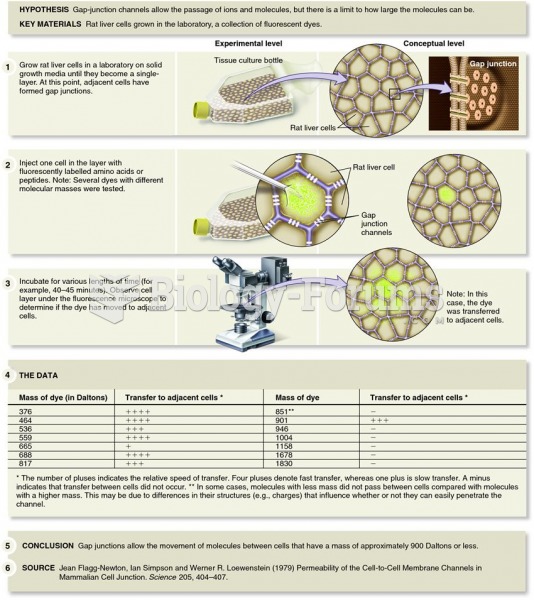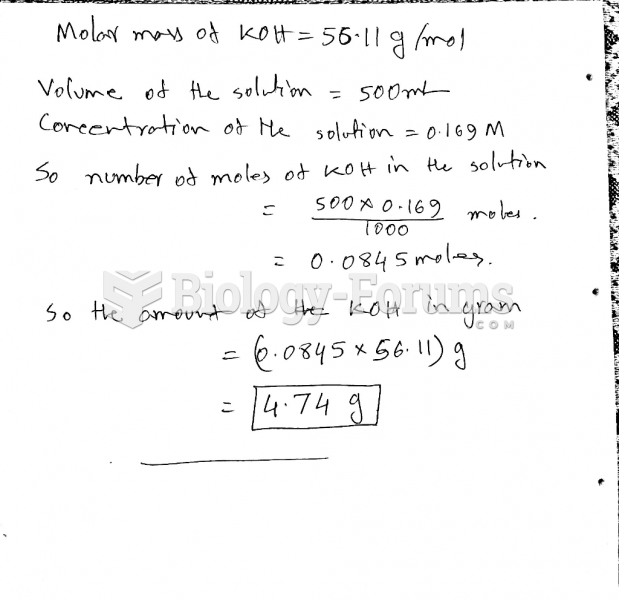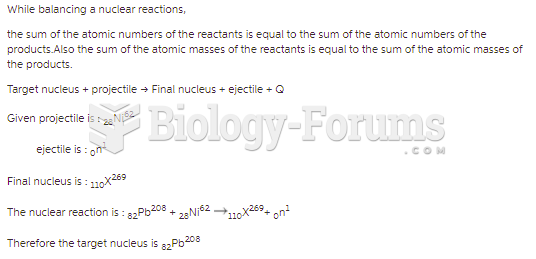You cannot be sure about the charge of an ion if the element is in the transition metals group.
For the "Representative elements" (not transition metals), it's pretty easy, except for a few. The one rule you have to remember is that elements ionize to create a full valence shell, so either gain enough electrons to fill a shell that is not filled, or lose enough electrons to empty their valence shell.
Noble gases (group 18 elements) almost never ionize, because their valence shell is full. They do not "want" to gain or lose electrons.
Halogens (group 17 elements) - F, Cl, Br, I, At - have an almost full valence shell of 7 electrons. They'd rather gain 1 than lose 7. They gain an electron to form a -1 ion.
Chalcogens (group 16 elements) have a valence shell with 6 electrons. They'd rather gain 2 than lose 6, so they gain 2 to become -2 ions.
Group 15 elements have a valence shell with 5 electrons. They, for the most part, would rather gain 3 than lose 5, so they (most of the time) become +3 ions. At this point, most of these elements would rather "share" 3 elements and form a covalent bond with other elements, for example NH3 (Nitrogen shares 3, 3 Hydrogens share 1).
Group 14 elements have a "choice" - They can either lose or gain 4 electrons. However, they don't really WANT to do either. They'd rather share. That's why Carbon is so versatile - it shares 4 electrons to form 4 covalent bonds in organic molecules. There is such a thing as carbIDE, which is a C(-4) ion.
From the Boron group (Group 13) to the left, the elements form positive ions by losing their valence electrons. Thus, Group 13 elements lose 3 (B+3, Al+3, etc.), Group 2 elements lose 2 (Ca+2, Mg+2, etc.), Group 1 elements lose 1 (Na+1, Li+1, etc.).
As I mentioned before, the transition metals' activity varies. It varies because the shell below their valence shell is so crowded (because of the 3d10 orbital in there) that some would rather lose part of that as well. Thus, Group 3-12 elements' activity is hard to predict. Iron, for example, most commonly forms +2 and +3 ions (it drops electrons from its outer orbitals). Another reason for this "weird" activity is that all metals are actually positive ions with electrons circulating around. Depending on how electronegative these ions are, those "swimming" electrons are easier or harder to lose.








